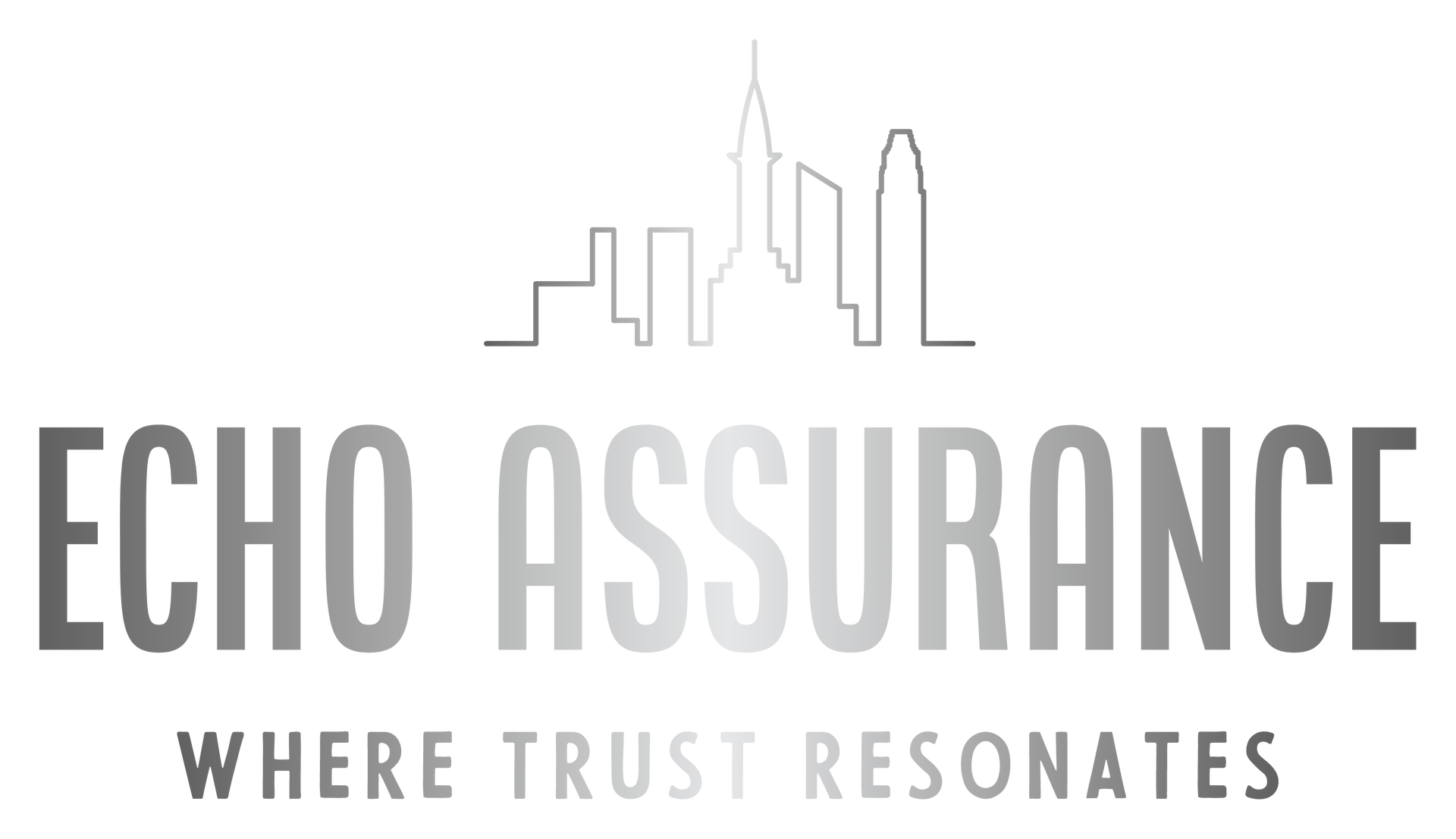4800 Meadows Rd
Suite 300
Lake Oswego, OR 97035
Ph: 218.450.4178


As a seasoned insurance industry analyst with over a decade of experience studying market trends and technological disruptions, I can confidently say that we are witnessing a pivotal moment in the evolution of professional liability insurance. The landscape is shifting rapidly, driven by technological advancements, regulatory changes, and evolving customer expectations. It's time for insurers to embrace modern technology or risk being left behind in an increasingly complex and competitive market.
Why This Matters Now
The professional liability sector is at a critical juncture. Traditional risk assessment methods and coverage models are becoming obsolete in the face of emerging threats and opportunities. The recent Thomson Reuters v ROSS ruling has exposed glaring gaps in intellectual property coverage, while the rise of AI and remote work has created entirely new liability categories. Insurers who fail to adapt quickly will not only lose market share but may also face regulatory scrutiny as authorities like the Office of the Commissioner of Insurance (OCI) implement stricter controls on algorithmic accountability.
The Tech-Driven Transformation
My analysis reveals three key areas where insurers are leveraging advanced technologies to address these evolving risks:
1. AI-Powered Risk Evaluation
The days of relying solely on historical data and broad demographic factors are over. Machine learning algorithms are revolutionizing underwriting by analyzing up to 300% more variables than traditional methods. This granular approach is yielding impressive results:
The implications are clear: insurers who don't adopt AI-driven risk evaluation will increasingly find themselves at a competitive disadvantage, potentially underpricing high-risk policies while overcharging for lower-risk ones.
2. Automated Compliance Systems
Regulatory compliance has long been a costly and time-consuming aspect of insurance operations. However, real-time monitoring tools powered by AI are changing the game:
Helport Insurance Edition exemplifies these capabilities, with pilot programs demonstrating a 37% reduction in claims disputes. This level of efficiency isn't just a cost-saver; it's becoming a regulatory necessity as authorities demand more stringent controls.
3. Specialized Coverage Innovation through Insurtech Partnerships
Perhaps the most exciting development is the explosion of niche policy offerings, which have increased by 45% since 2023 thanks to insurtech partnerships. Some standout examples include:
These innovative products aren't just filling gaps; they're creating new revenue streams and competitive advantages for forward-thinking insurers.
Challenges and Opportunities
While the benefits of technological adoption are clear, it's important to acknowledge the challenges:
However, these challenges pale in comparison to the risks of inaction. Aon's Q4 data shows that only 29% of mid-market firms have implemented comprehensive tech-stack upgrades, suggesting enormous growth potential for those willing to invest.
The Path Forward
As an industry, we must embrace this technological revolution with urgency and purpose. Here's what insurers need to do:
Conclusion: Adapt or Be Left Behind
The professional liability insurance landscape is undergoing a seismic shift. The insurers who thrive in this new era will be those who embrace technology not just as a tool for efficiency, but as a fundamental reimagining of how risks are assessed, policies are crafted, and claims are managed.
The time for incremental change has passed. We must leap forward, harnessing the power of AI, big data, and insurtech innovations to create a more responsive, accurate, and customer-centric insurance industry. The future of professional liability insurance is being written now, in lines of code and algorithms. Will you be an author of that future, or a footnote in its history?
The choice is yours, but the imperative is clear: adapt, innovate, and lead – or prepare to be left behind.